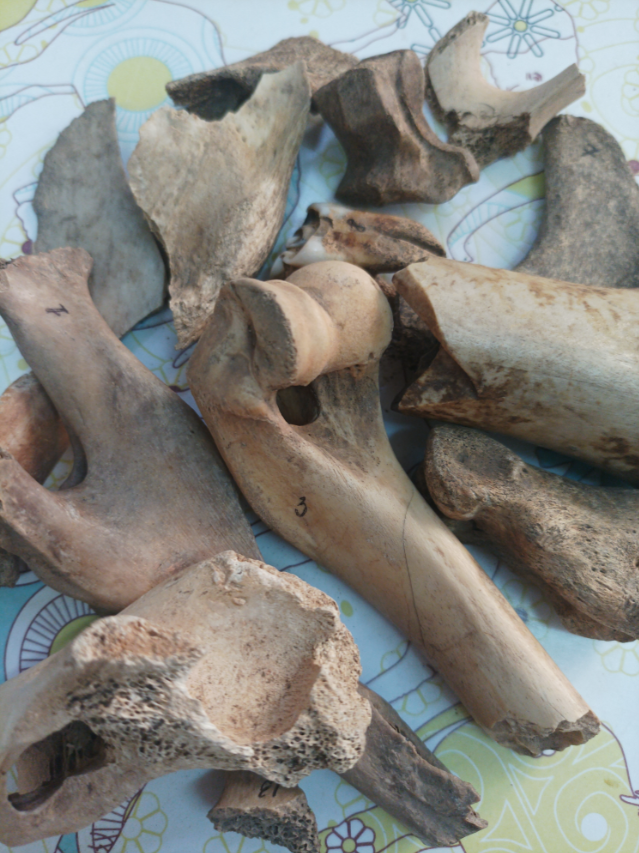
In 2023, an article was published in the journal “Brief Communications of the Institute of Archeology” by employees of the Laboratory of Historical Ecology of the Institute of Ecology and Evolution of the Russian Academy of Sciences A.B. Savinetsky and O.A. Krylovich in collaboration with archaeologists under the leadership of N.A. Krenke, dedicated to controversial issues related to the early history of the city of Smolensk. The debate among archaeologists and historians around the question of where the city of Smolensk, mentioned in the chronicle in 882, was located, has been going on for more than 100 years. A widespread version was that the initial Smolensk was located in Gnezdovo (a complex of archaeological monuments of the Kievan Rus era and an archaeological reserve in the Smolensk region of Russia), and only in the 11th century was moved to its present location. The results of excavations on the Cathedral Hill of Smolensk showed that the oldest settlement in Smolensk was located on the mountain, and not on the banks of the Dnieper. In the IV–VI (VII) centuries on the top of Cathedral Hill there was a small settlement of the Kolochin-Tushemlinsky (Demidov) cultural tradition. At the turn of the 7th–8th centuries a settlement of significant size was founded here, fortified with a defensive rampart in the first half of the 9th century. The area of the fortified part of the settlement was 2 hectares, and the total area of the settlement was about 4 hectares. Agriculture and cattle breeding formed the basis of the economy of the population living on Cathedral Hill. Most likely, it was this settlement that was mentioned in the chronicle as the city of Smolensk, which belonged to the Krivichi. In the 10th century the settlement on Cathedral Hill fell into decline, apparently due to the rise of the Scandinavian (Swedish) colony of Gnezdovo, and at the beginning of the 11th century an ancient Christian Russian city is being revived on the site of an old fortress, the ruins of which were still clearly visible. These works are extremely important for assessing the time and degree of anthropogenic influence on ecosystems and elucidating the history of management in this region.
Krenke N.A., K.A. Ganichev I.N. Ershov A.V. Kovantsev O.A. Krylovich O.A. Lopatina G.O. Moiseenkov V.A. Raeva A.B. Savinetsky. Discussion about Smolensk - the city of the Krivichi. Brief Communications of the Institute of Archeology. 2023; 271:281-302. http://doi.org/10.25681/IARAS.0130-2620.271.281-302
